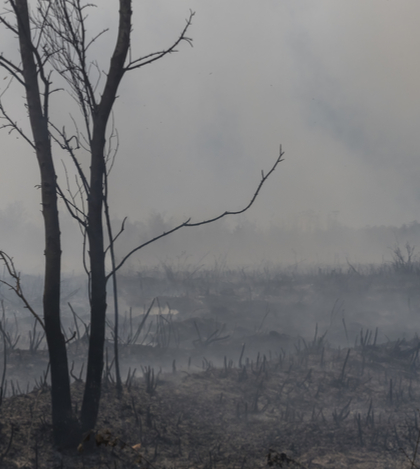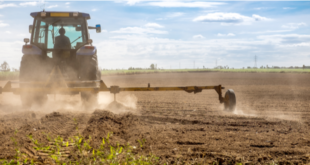Staff for the state and regional water boards are racing against the clock to implement erosion control measures following the enormous Carr Fire that burned through Shasta and Trinity counties this past summer. Native seeds must take root before the rainy season starts to limit sediment damage to creeks and salmon habitats.
The State Water Resources Control Board (SWRCB) will use $2.3 million in state grant funds and is seeking $6.4 million in federal funds from the California Office of Emergency Services to fast-track erosion control on five creeks near Keswick Dam on the Sacramento River just north of Redding.
“The Carr Fire was so extensive that it just wasn’t logical to apply erosion control measures over the whole area,” said Clint Snyder, the assistant executive officer for Central Valley Regional Water Quality Control Board (Central Valley Water Board) based out of the Redding office. “We had to be precise and apply our efforts and available funding to locations most at risk.”
Forecasters have projected possible El Nino conditions with above-average rainfall this winter. While rains during a fire event are a boon, heavy rains afterward are something to dread.
With the impending downpours on the horizon, the SWRCB needs to grow vegetation quickly enough to build roots that hold the soils in place. Without adequate root development, there would be little to prevent massive amounts of sediment from sliding into the creeks.
At-risk locations include five tributaries of the Sacramento River — Carter Creek, Jenny Creek, Rock Creek, Salt Creek, and Middle Creek. All are considered critical spawning and rearing habitat for chinook salmon.
Excessive sediment could harm salmon spawning habitats. If salmon have already laid eggs, sediment settling atop gravel spawning nests could prevent eggs from hatching. Or salmon haven’t laid eggs yet might have trouble finding suitable gravel beds.
The SWRCB, in conjunction with Western Shasta Resource Conservation District (RCD) will manage the grants for erosion control efforts over a projected 1,640 acres. The erosion control work on private property will be done free of charge to the property owner. That effort is expected to start shortly.
“We are requesting the cooperation of all landowners contacted by the Western Shasta RCD. It’s an all hands-on deck situation throughout the winter and spring,” Snyder said. “There’s only so much time. We’ll be working to get these erosion control measures in place as soon as possible. Time is everything.”
 California Water News Daily Your Source For Water News in California
California Water News Daily Your Source For Water News in California


